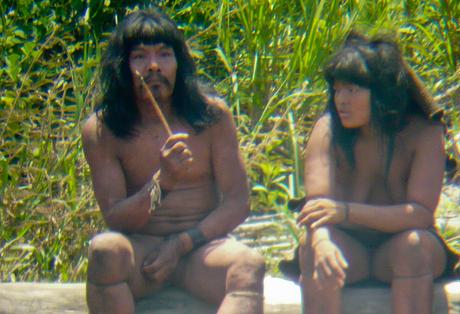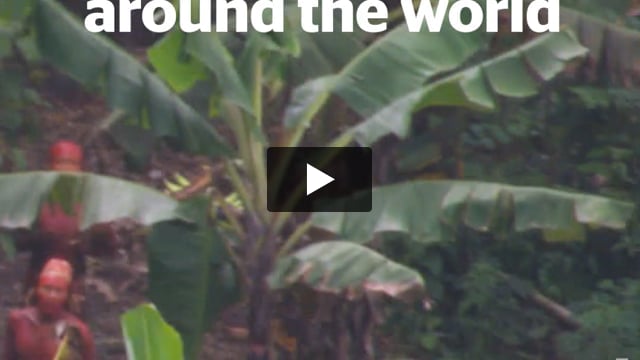UN Special Rapporteur’s last report to Peru highlights failings over Camisea gas project
March 29, 2014

This page was last updated in 2014 and may contain language which is now outdated.
In his final report to Peru, United Nations Special Rapporteur on the Rights of Indigenous Peoples James Anaya, has warned the government that it should be prepared to amend plans to expand the hugely controversial Camisea gas project into land inhabited by uncontacted tribes.
Anaya’s report directly appeals to Peru’s Ministry of Culture to ‘urgently’ carry out ‘exhaustive studies’ of the gas project area to ascertain whether isolated and uncontacted tribes will be affected by the planned exploratory gas work.
Anaya said information about the situation of uncontacted tribes in the area, known as the Nahua-Nanti Reserve for uncontacted tribes, is ‘outdated’ and ‘incomplete’.
The Camisea project is Peru’s largest and deadliest gas project to date.
It lies in the heart of the Nahua-Nanti Reserve, which was created after initial exploration work in Peru’s south-east Amazon region led to first contact with the Nahua tribe.
Up to half the Nahua were wiped out in the years following first contact after contracting diseases to which they had no immunity.
Despite massive opposition from Indigenous groups and NGOs, the Peruvian government approved plans to expand the gas project further into the Nahua-Nanti Reserve in January 2014.
Anaya’s report calls for a halt to any activity that could affect the rights of tribal peoples, many of whom have not been consulted about the project.
James Anaya’s term as UN Special Rapporteur on the Rights of Indigenous Peoples is due to end this year.




